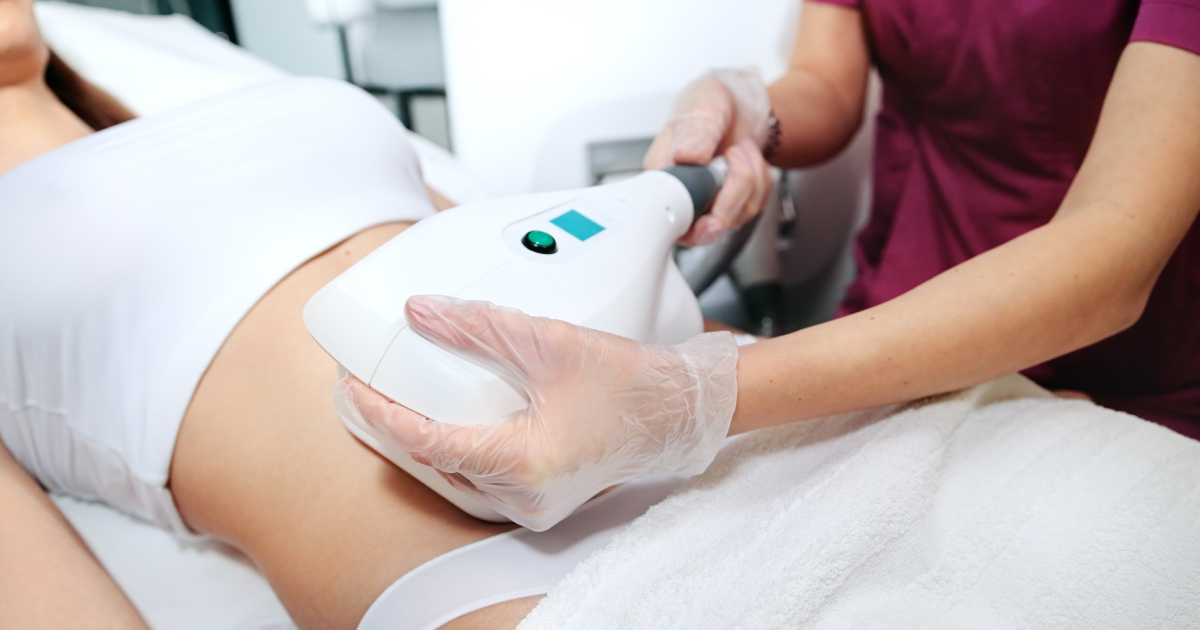
Table of Contents
Whether your tattoo is no longer your style or it’s interfering with a professional goal, more people than ever are turning to laser tattoo removal. But not all lasers work the same—and not all tattoos are treated equally. Choosing the appropriate laser technology dramatically affects every aspect of your treatment journey, from physical comfort to final aesthetic outcomes.
If you’re considering tattoo removal in Charlotte, NC, understanding how different lasers interact with ink colors, wavelengths, and skin tones is key to making an informed decision. This guide will help you cut through the confusion so you can choose the safest, most effective path forward.
What Is Tattoo Removal?
When removing tattoos, the fundamental process involves shattering ink molecules embedded in the skin to facilitate natural bodily elimination. While various methods exist (like dermabrasion or surgical excision), laser tattoo removal remains the most common and effective option for most people.
Laser removal works by delivering short, intense pulses of light into the skin. These pulses target the pigment in the tattoo ink, fragmenting it into tiny particles. Over time, your body’s lymphatic system flushes these particles out, gradually fading the tattoo.
Why does the laser type matter? Because not all lasers are capable of treating all ink colors or skin types equally. Choosing the right technology means faster results, less discomfort, and lower risk of complications.
Benefits of Tattoo Removal
Removing a tattoo isn’t just about aesthetics—it’s about regaining a sense of comfort and confidence in your skin. Here’s what many patients find valuable about professional laser tattoo removal:
- Precise targeting of ink without damaging surrounding skin
- Customizable treatments based on skin tone and tattoo color
- Minimal downtime compared to surgical options
- Gradual fading allows for correction or cover-up tattoos
- Safe and non-invasive when performed by experienced providers
With the right tattoo removal laser, results are more predictable and effective, especially when the technology matches your individual needs.
Who Is This Best For?
Laser tattoo removal is a great option for a wide range of individuals, including:
- Adults of any age looking to remove or fade unwanted tattoos
- Those planning to replace or cover existing ink
- People with tattoos that have faded or blurred over time
- Clients who are experiencing tattoo regret or lifestyle changes
- Individuals with realistic expectations about the process and timeline
While almost anyone can benefit from laser removal, the ideal approach varies depending on skin tone, ink colors, and how your skin reacts to treatment. A consultation helps determine the safest method for you.
Types of Tattoo Removal Lasers (And Why It Matters)
Several laser types are used in tattoo removal, each using specific wavelengths to target different pigments. Success rates are primarily determined by how well the laser’s wavelength corresponds to your tattoo’s specific ink colors and penetration depth.
Q-Switched Lasers
These were once the gold standard in tattoo removal. Q-switched lasers emit high-intensity pulses in nanoseconds and include the following types:
- Q-Switched Nd:YAG (1064nm and 532nm): Great for black, dark blue, and red inks. The 1064nm is also safer for darker skin tones.
- Q-Switched Ruby (694nm): Best for green and blue inks but not ideal for darker skin types due to higher melanin absorption.
- Q-Switched Alexandrite (755nm): Targets green and teal pigments effectively.
Picosecond Lasers
Picosecond lasers are newer and deliver energy in shorter bursts than Q-switched devices, improving ink fragmentation and often reducing the number of sessions needed.
- PicoSure and PicoWay: Common brands offering 532nm, 755nm, and 1064nm wavelengths. Highly effective on multi-colored tattoos and faster fading with fewer treatments.
Why laser types matter:
Each laser type has its strengths and weaknesses. For example, a laser effective for black ink might do little for yellow or green pigment. Similarly, using the wrong laser on darker skin tones could increase the risk of hyperpigmentation or burns.
This is why a provider offering multiple laser types and expertise in wavelength selection will likely give you the safest and most thorough outcome.
What to Expect (Process, Timeline, Results)
Understanding what happens before, during, and after your tattoo removal appointment helps you prepare with confidence.
Pre-Treatment Prep
- Avoid sun exposure or tanning for at least 2 weeks before your session.
- Keep the area clean and free of lotions or creams.
- Shave the area if there’s visible hair, unless told otherwise.
- Your provider may ask for a skin test, especially if you have a darker skin tone or sensitive skin.
Treatment Day
- You’ll receive protective eyewear during the procedure.
- A cooling device or numbing cream may be used to reduce discomfort.
- The laser will be directed at your tattoo, and you’ll feel a snapping or warm sensation.
- Sessions are typically short—5 to 30 minutes—depending on the size of the tattoo.
Recovery and Downtime
- Expect redness, swelling, and slight blistering within 24 hours.
- Avoid sun exposure, hot showers, and picking at the skin.
- Use a prescribed healing ointment or moisturizer.
- Healing typically takes 7–10 days between treatments.
When Results Show
Ink colors like black and dark blue often fade faster, while lighter pigments like green or yellow may require more sessions. Most tattoos take 6–10 treatments spaced 6–8 weeks apart. Results vary based on:
- Tattoo age and depth
- Ink type and color
- Skin type and location
- Laser technology used
FAQs or Myths Debunked
Does tattoo removal work on all ink colors?
Some ink colors—like black and red—respond better than others, but with the right wavelengths, most pigments can be significantly faded or fully removed.
Is laser tattoo removal painful?
It can be uncomfortable, but many describe it as similar to a rubber band snap. Numbing options help minimize discomfort during treatment.
Can I remove just part of a tattoo?
Yes. Lasers can be used to remove specific sections of a tattoo with precision, which is helpful for correction or cover-ups.
Will tattoo removal leave scars?
When done correctly by trained professionals, laser tattoo removal has a low risk of scarring. Following proper aftercare is also key.
Does skin tone affect treatment?
Yes. Darker skin types require lasers with longer wavelengths, like 1064nm, to reduce the risk of pigment changes or burns.
Safe, Effective Tattoo Removal Starts with the Right Technology
When it comes to removing a tattoo safely and effectively, the type of laser used truly matters. From wavelengths to ink colors to your skin tone, each factor plays a role in achieving smooth, satisfying results.
At Infinity MedSpa & Wellness, your treatment plan is carefully designed to match your needs and skin profile, ensuring a safe and effective experience. Contact us today to explore tattoo removal in Charlotte, NC with professionals who prioritize your comfort, safety, and results.
Ready to move forward? Find the right laser for your ink—book a consultation.






